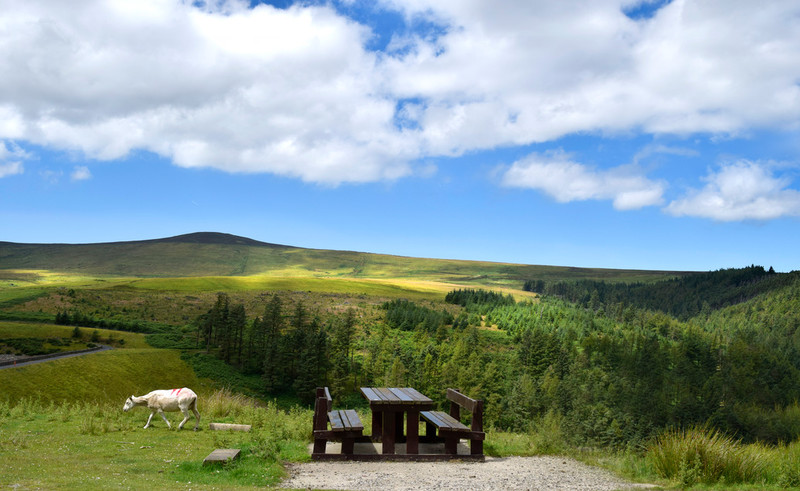Geocach Trail IOM

Now that lockdown is over, and we can go anywhere we want, when we want, I think most of us want to escape outdoors. During half-term, if you are wondering about something new to try, have you considered Geocahing?
One of the best ways to recharge from the day is by spending time outside. After all, doctors list happiness, better sleep, and improved mental state as benefits of being outdoors.
Geocaching, is a scavenger hunt in the digital age, and is played by adults and children. Since 2000, with the use of the Global Posting System (GPS), it has been possible to hide containers and then find them using their coordinates. Munzee is a variation of this using QR (Quick Respoce) codes.
The first Geocach was a tin of beans (and some other things) in Beavercreek, Oregon. The tradition is to place a few small objects, a pen, pencil or stamp with a logbook in a waterproof container and then hide it. On finding it, Geocachers are free to take objects (except the logbook and pencil) from the cache, in exchange for leaving something of similar or higher value. Then use the logbook to say when they found it.
Numerous websites list geocaches around the world. Geocaching websites vary in many ways, including control of data, so please check before using. The largest is Geocaching.com which has its own app and free membership.
There is a specific website for the Island www.manxgeocaching.com and they have used the Millennium trail to hide 46 different geocaches. You can download a Passport from their site which you can use to mark off your finds. Some of them are near cafes so you can relax after your adventures.
They also have a wonderful version of Cluedo to play in Nobel’s Park, and two exciting trails around Douglas created by the mysterious “twoofnine”.
Cache In Trash Out® (CITO) is an environmental to help preserve the natural beauty of cache-friendly spaces.